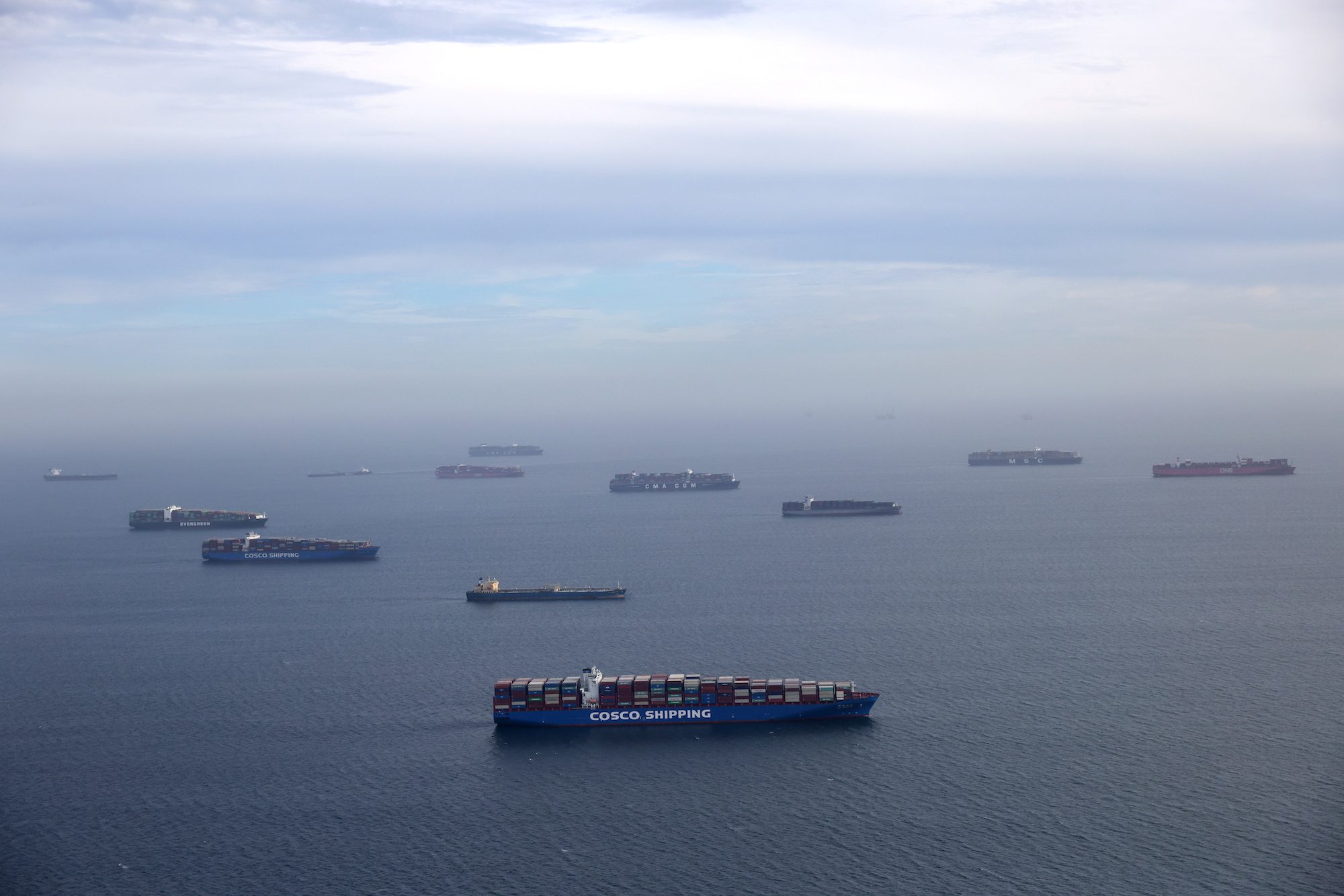U.S. Customs Revenue Tops $100 Billion for First Time Amid Tariff Surge
US revenue from customs duties this fiscal year surpassed $100 billion for the first time, reflecting higher tariffs imposed by the Trump administration.

U.S. ports, particularly on the West Coast, could see a surge in cargo volumes in the coming weeks as shippers re-route cargo to avoid Red Sea disruption from Houthi attacks on shipping.
The U.S Department of Transportation’s Office of Multimodal Freight held a call with stakeholders to discuss issues and disruptions in the U.S supply chain due to the situation in the southern Red Sea and western Gulf of Aden. The Maritime Administration highlighted the ongoing threat to commercial vessels in the area and announced an upcoming Maritime Advisory update.
Industry participants reported that they are starting to see isolated challenges and anticipate increased congestion at some U.S. container ports in the next four to six weeks due to shippers rerouting cargo to avoid the Red Sea.
Both federal government and industry stakeholders discussed how their experiences dealing with supply chain bottlenecks during the COVID-19 pandemic are helping them navigate the current challenges. This is particularly useful in preparing for a potential influx of carriers heading to the Ports of Los Angeles and Long Beach. Participants also expressed their appreciation for the Department’s efforts to prepare for possible congestion in advance.
Supply chain disruption is proven to lead to congestion at ports due to uncertain vessel schedules and equipment shortages triggered by the displacement of empty containers.
U.S import container import volumes have been largely spared by disruption in the Red Sea, considering only a small portion of U.S. container imports come through the Suez Canal. However, that could change so as shipper reroute volumes to avoid longer voyages via the Cape of Good Hope.
Unlike the early stages of the COVID-19 pandemic, U.S. ports and inland transport networks are currently operating normally. There are no containerships backed up at the ports of Los Angeles and Long Beach, a significant advantage compared to two years ago when approximately 100 ships were waiting to enter these ports at the height of port congestion.

Sign up for gCaptain’s newsletter and never miss an update

Subscribe to gCaptain Daily and stay informed with the latest global maritime and offshore news


Stay informed with the latest maritime and offshore news, delivered daily straight to your inbox
Essential news coupled with the finest maritime content sourced from across the globe.
Sign Up